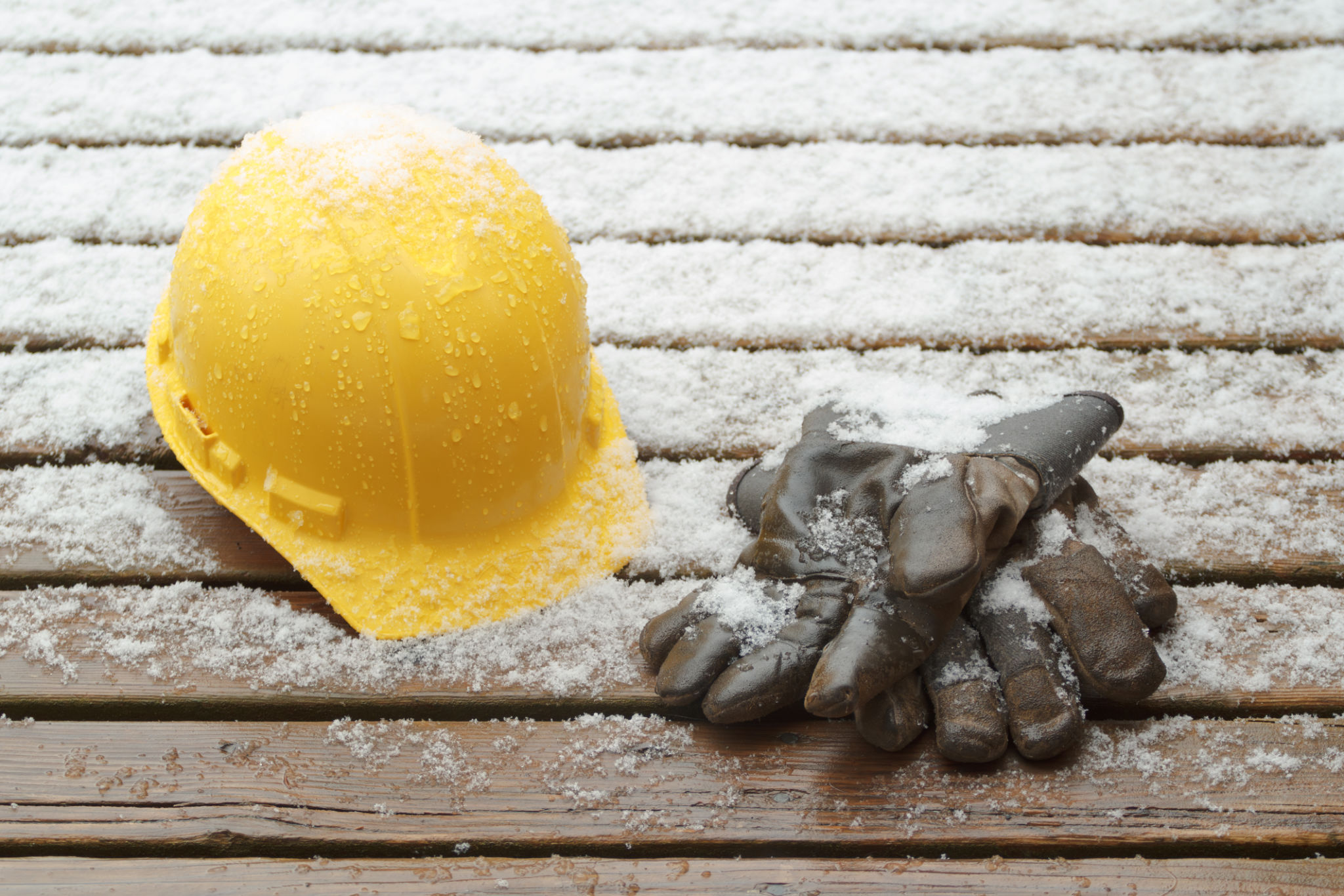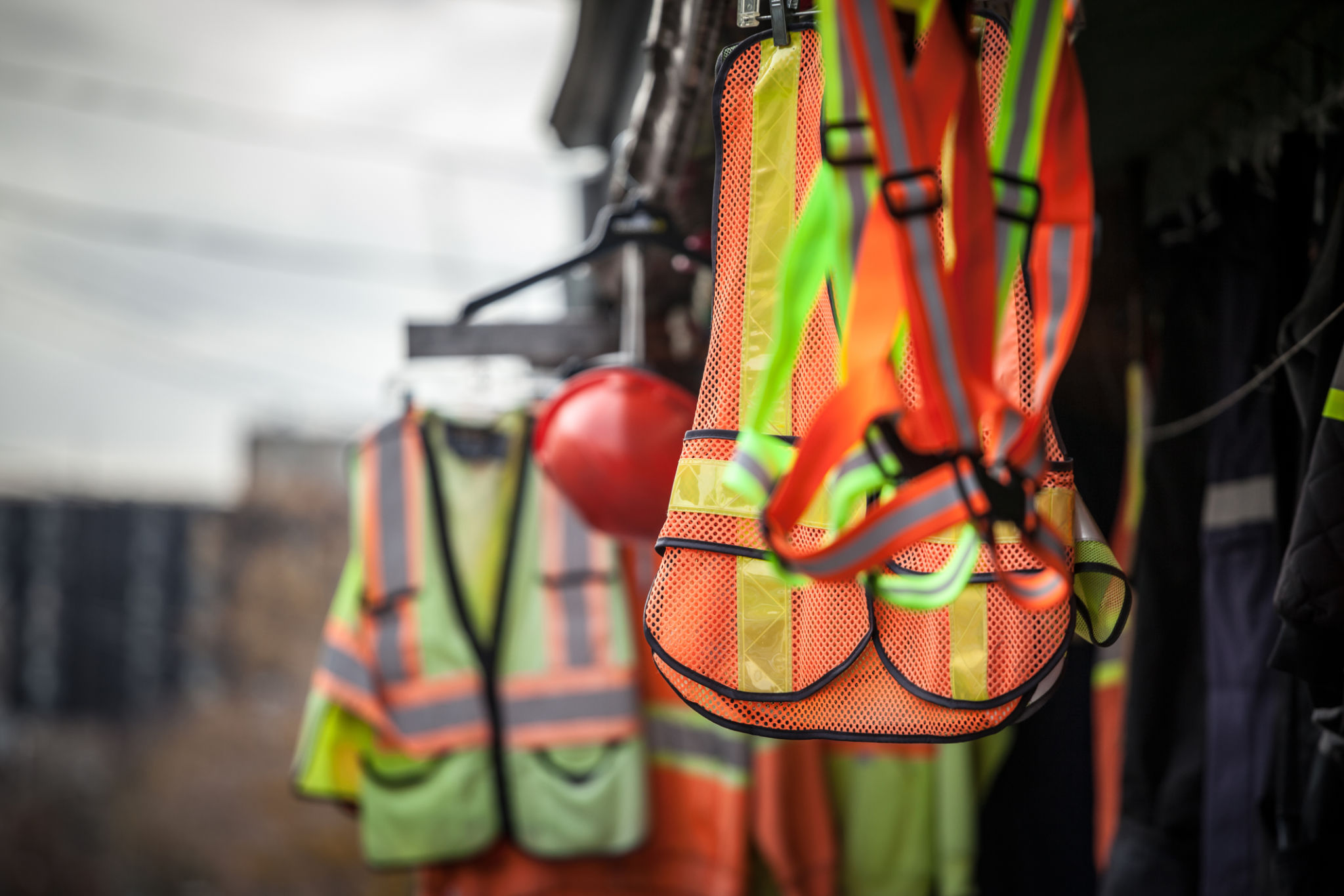Seasonal Safety Precautions: Preparing Your Industrial Workplace for Winter
Understanding Winter Risks in Industrial Environments
As winter approaches, industrial workplaces face unique challenges that require careful preparation. Cold temperatures, snow, and ice can introduce hazards that impact both safety and productivity. Understanding these risks is the first step in ensuring a safe work environment during the colder months.
Common winter risks include slippery surfaces due to ice, reduced visibility from snowstorms, and the potential for equipment malfunctions in extreme cold. Additionally, workers may face health risks such as hypothermia or frostbite if proper precautions aren't taken. Addressing these issues proactively can help prevent accidents and ensure smooth operations.

Preparing Your Facility
Inspect and Maintain Equipment
Ensuring all machinery and vehicles are winter-ready is crucial. Equipment should be inspected for any signs of wear and tear that could be exacerbated by cold weather. Regular maintenance checks will help prevent breakdowns that could halt operations.
Consider using cold-resistant lubricants and antifreeze solutions to keep machinery running smoothly. It's also wise to have a backup plan in place for power outages, such as generators or battery-powered equipment.
Enhance Safety Measures
Winter safety measures should include improving lighting around the facility to combat reduced daylight hours. This will help maintain visibility and reduce the risk of accidents.
Install non-slip mats and ensure pathways are clear of obstructions to minimize the danger of slips and falls. Providing adequate signage to warn of potential hazards is also essential.

Safeguarding Employees
Provide Appropriate Gear
Equipping employees with the right gear is vital for their safety. This includes thermal clothing, gloves, hats, and waterproof boots. Ensuring workers have access to warm areas for breaks can help prevent cold-related illnesses.
Training sessions on winter safety practices can reinforce the importance of wearing protective gear and following safety protocols.
Encourage Safe Practices
Create a culture of safety by encouraging employees to report hazards and near misses. Regular safety meetings can help keep everyone informed about best practices and any new procedures that may be implemented.
Encourage staff to take regular breaks in warm areas to prevent fatigue, which can lead to mistakes or accidents.

Monitoring and Adapting
Winter conditions can change rapidly, so it's important to continually monitor weather forecasts and adjust your plans accordingly. Having a flexible approach will allow you to respond quickly to any emerging threats, such as severe snowstorms or sudden temperature drops.
Regular reviews of your winter safety plan can help identify areas for improvement, ensuring that your workplace remains as safe as possible throughout the season.
Conclusion
Preparing your industrial workplace for winter involves understanding the unique risks posed by cold weather, taking proactive measures to maintain equipment, implementing comprehensive safety measures, and providing the necessary gear and training for employees. By fostering a culture of awareness and adaptability, you can ensure a safe and productive work environment all winter long.